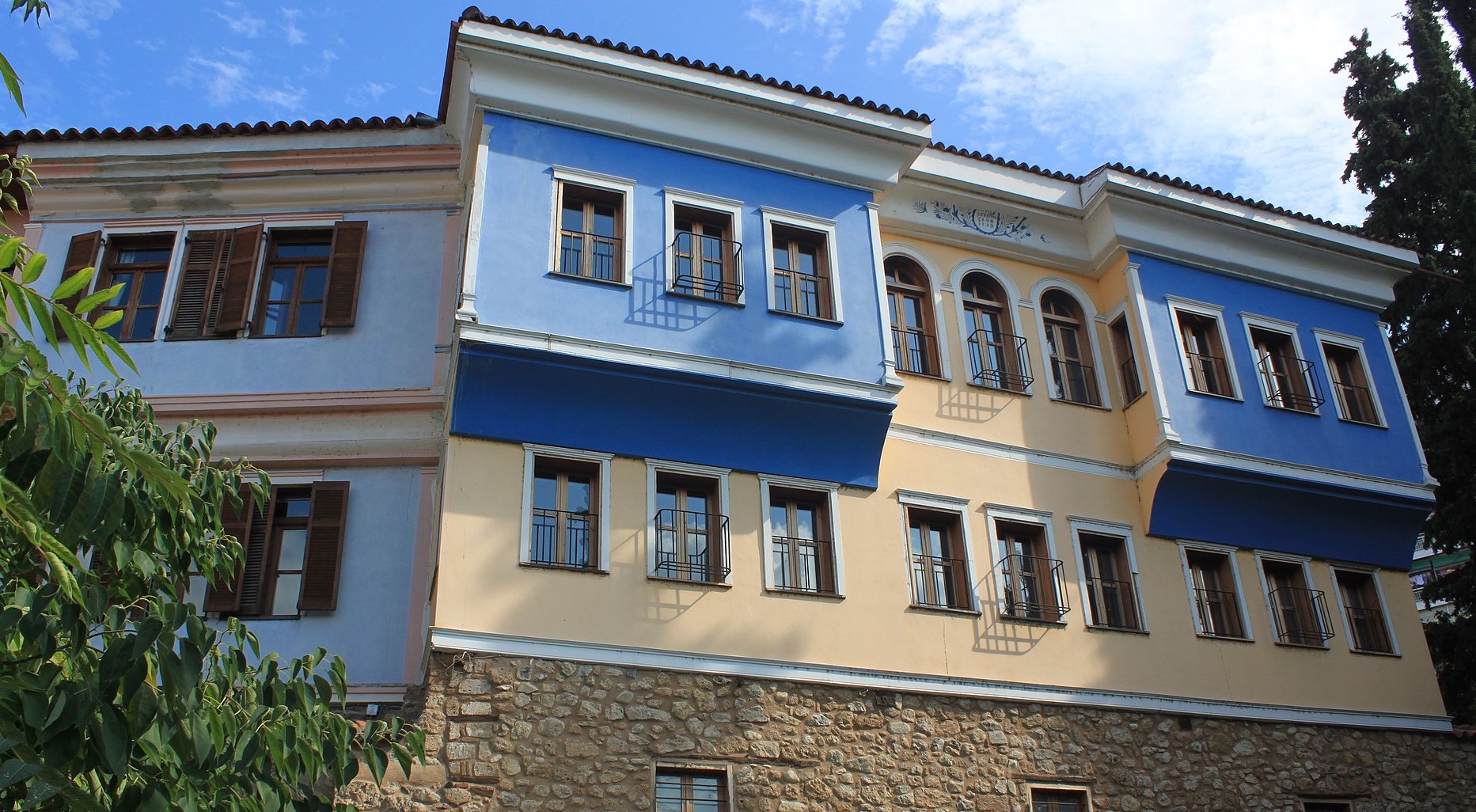
Built at the foot of Mount Vermion, the Greek city of Veria was the second most important town after Aigai in the ancient Macedonian era.
It was also the third most important city of the Byzantine empire from the 11th to the 14th centuries right after Constantinople and Thessaloniki.
Veria is also known as “Little Jerusalem” due to the amount of Byzantine and post-Byzantine churches in the area. There are over forty-eight of these in the city center alone.
Aigai
The city of Aegae (modern Vergina) was the first capital of the ancient Macedonian kingdom.
In 1977, treasures of priceless archaeological and historic importance were found through excavations, some of which were the greatest such discoveries of the 20th century in Greece.
Consequently, UNESCO declared the territory of the ancient Macedonian kings a World Heritage Site in 1996.
It’s possible to see these discoveries, as well as wall paintings, at the wonderful underground building which is now the Royal Tombs Museum. Among the most important exhibits are the tomb of Philip II and its golden urn.
Machalades—the traditional neighborhoods of Veria, Greece
The town of Veria has sixteen small neighborhoods known as quarters or machalades. The Ottoman period saw the shops concentrated in the bazaar, or Byzantine market.
Among the surviving neighborhoods, the most well-known that still remain are the Jewish and the Christian Quarters.
The Jewish Quarter is next to the Tripotamos River; its resplendent mansions and cobblestone streets give the area an aristocratic touch. The synagogue is the oldest Jewish temple in northern Greece and boasts impressive interior decorations.
Another picturesque quarter is Kyriotissa with its distinctive Barbouta architecture. Kyriotissa, a neighborhood that developed alongside the Tripotamos River, is a maze of alleys and gardens, mansions, and tall buildings.
Many of these have been refurbished and given new life. Some have been turned into shops, as well.
Important findings from the archaeological sites of Veria can be visited at the Archaeological Museum; artifacts belong to a period spanning the late Stone Age to the Hellenistic Period.
Among the most interesting exhibits of the museum are the discoveries from the excavations of Nea Nikomedia, identified as the oldest settlement in Neolithic Europe.
A repurposed industrial building houses the Byzantine Museum where the exhibitions are divided thematically on each one of its floors.
In Veria, it’s also possible to visit other museums of no less importance, such as the Polycentric Museum of Aigai, the Vlachogianneio Museum (also known as Macedonian Struggle Museum), the Folklore Museum of Vlachs, and the Christos Tsolakis Museum of Education.
Other sites in Veria, Greece
The award-winning public library is also worth a visit as are the Old Court of Justice and the tower of Princess Vergina.
Monuments from Ottoman rule include the Twin Baths and the Bridge of Karachmet as well as three different mosques, namely the Medresse Mosque, Chounkiar Mosque, and Orta Mosque.
The Ancient Roman Road, known as Via Egnatia, is a testimony of the power Veria had on the spiritual and financial spheres of Greece at the time.
The Old Cathedral, built between 1070 to 1080, is one of the greatest churches of the Middle Byzantine period. The church has frescoes that date back to the 12th, 13th and 14th centuries.



